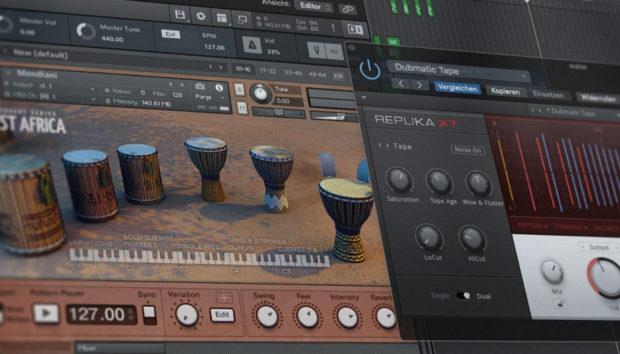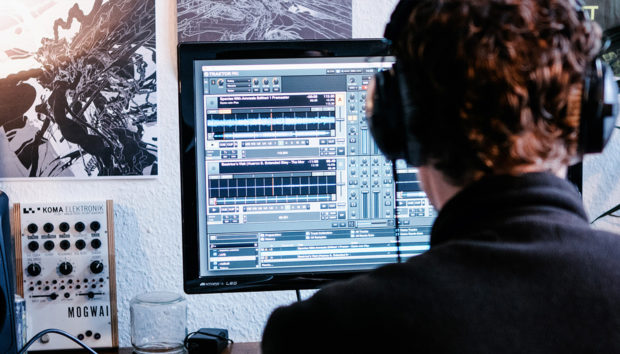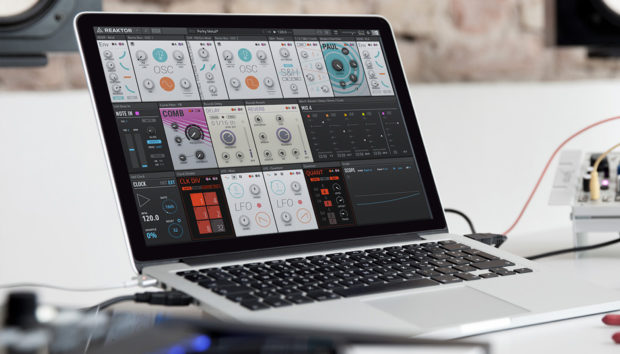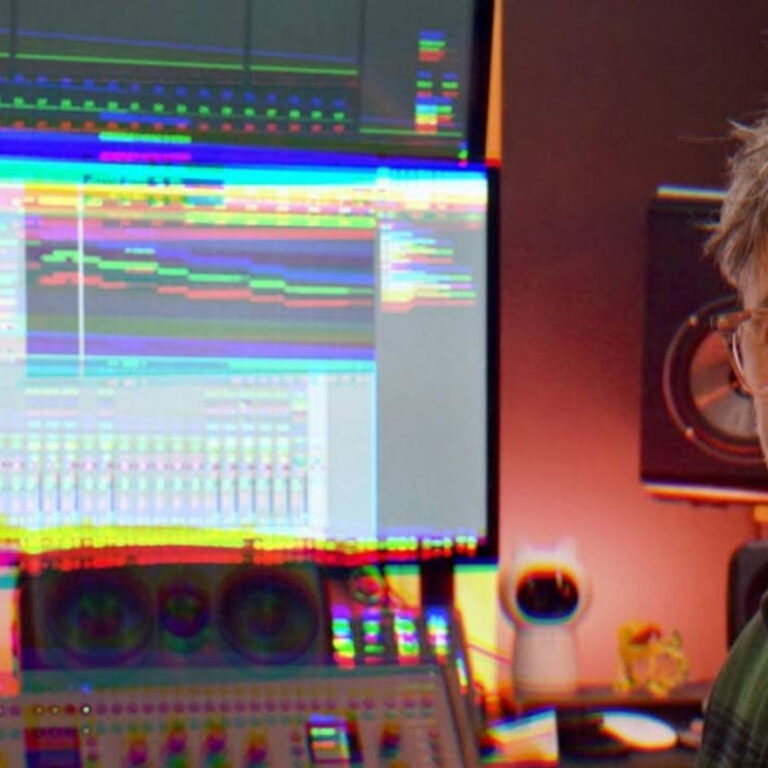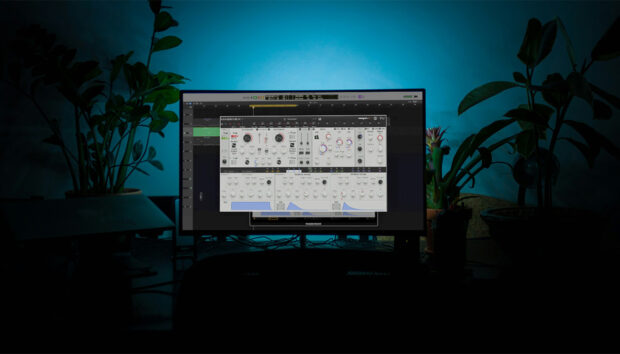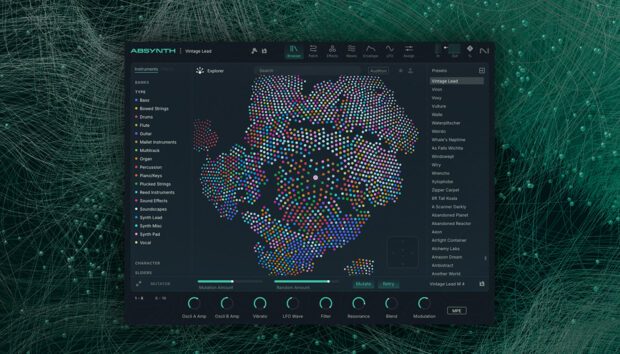Cornel Wilczek has built his career on exploring sound in unconventional ways.
From scoring A24’s horror hit Talk To Me to his latest work on Michael Shanks’ Together, he has consistently pushed the boundaries of what a modern film score can be. Guitar Rig has been one of his core tools since 2014, serving as both a modular effects hub and a platform for experimentation.
In this interview, Cornel shares how Guitar Rig became central to his workflow, why understanding effects at a technical level matters, and how he blends traditional scoring with experimental processing to create emotionally charged, sonically distinct scores.
Jump to these sections:
- How Cornel uses Guitar Rig beyond guitars
- Why technical knowledge accelerates creativity
- Blending orchestration with experimental effects
- Pushing unconventional processing in Together
And of course, there are practical tips for composers using multi-effects plugins sprinkled throughout as well. We spoke with Cornel about how Guitar Rig has transformed his approach to scoring and how he continues to find new ways to push the boundaries of sound design in narrative music.
When did you first start experimenting with Guitar Rig for non-guitar sources?

I started using Guitar Rig for non-guitar sources around 2014. I’m a guitarist at heart and have collected a mountain of pedals over the years. They’ve always been a key part of my sound design and mixing workflow. But when I landed my first feature film and an ongoing TV series that year, the pace was relentless – and constantly re-patching pedals just became unmanageable. Recalling sounds was a nightmare.
So I gave Guitar Rig a try. Not only was I able to replicate some of my favourite pedal chains, but I quickly found myself going beyond them, using modifiers and internal tools to build far more complex and reactive sounds. That’s when it really clicked. Since then, plenty of other plugins have come and gone, but Guitar Rig has stayed central.
With everything under one roof and the ability to apply global modulation across multiple parameters, it’s become my modular effects workhorse.
How important is it for modern composers to understand effects processing at a technical level, not just at a musical level?
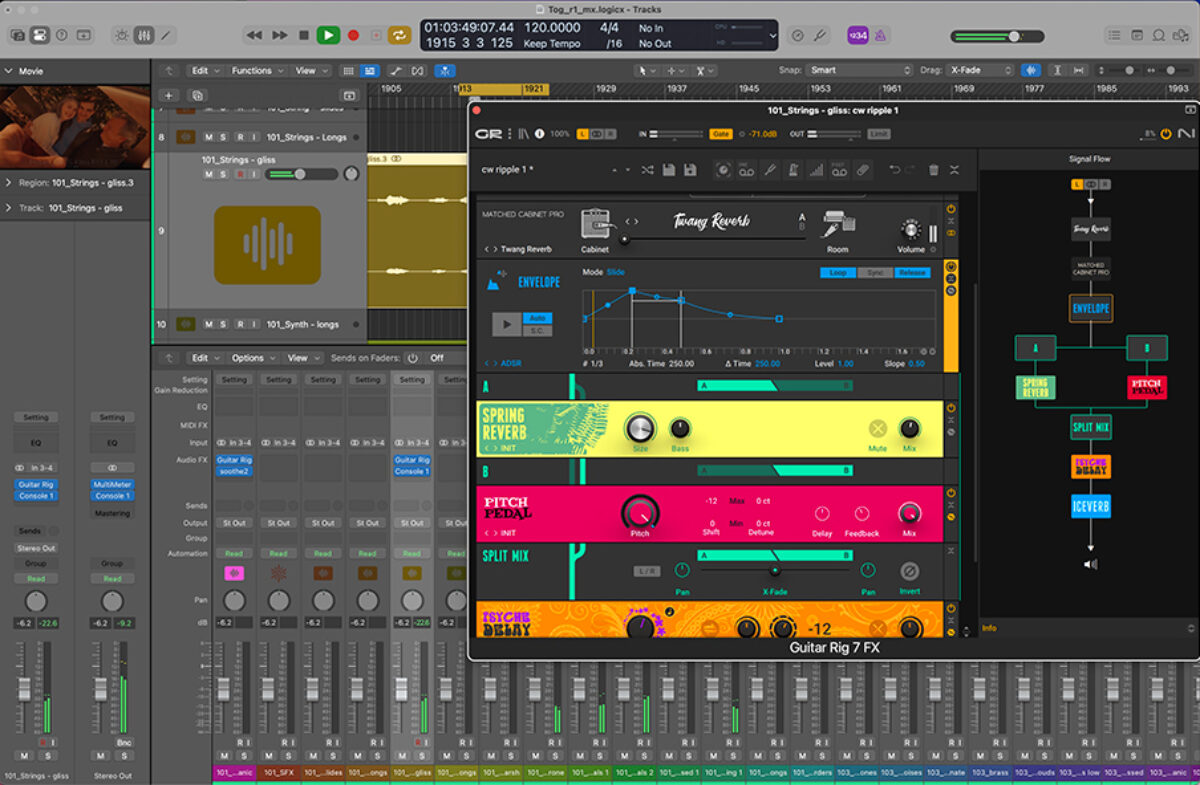
That’s a great question – and I think the answer has two parts. On the one hand, if it sounds good, it is good. You don’t need to fully understand what an effect is doing under the hood to use it creatively. In fact, some of the best results come from being playful and experimenting without overthinking it. That kind of curiosity thrives when you’re not entirely sure what’s going on.
But over time, especially when you’re scoring every day and working at speed, a deeper technical understanding becomes incredibly useful. If you have a sound in your head, knowing how effects work helps you get there faster and with more precision.
That understanding often builds naturally through use, but I think there’s real value in consciously learning how each effect functions. It broadens your sonic palette and opens doors to unexpected results without having to rely on happy accidents.
Pro composing tip from Corrnel Wilczek: Print Everything. Build Libraries. Always record your affected audio. Once it’s printed, you can cut, shift, repurpose, and layer it like any recorded instrument. I love getting out of the MIDI/plugin world and working with audio as raw material – it becomes part of your signature toolkit.
Has using tools like Guitar Rig expanded the creative role of a composer beyond traditional orchestration?
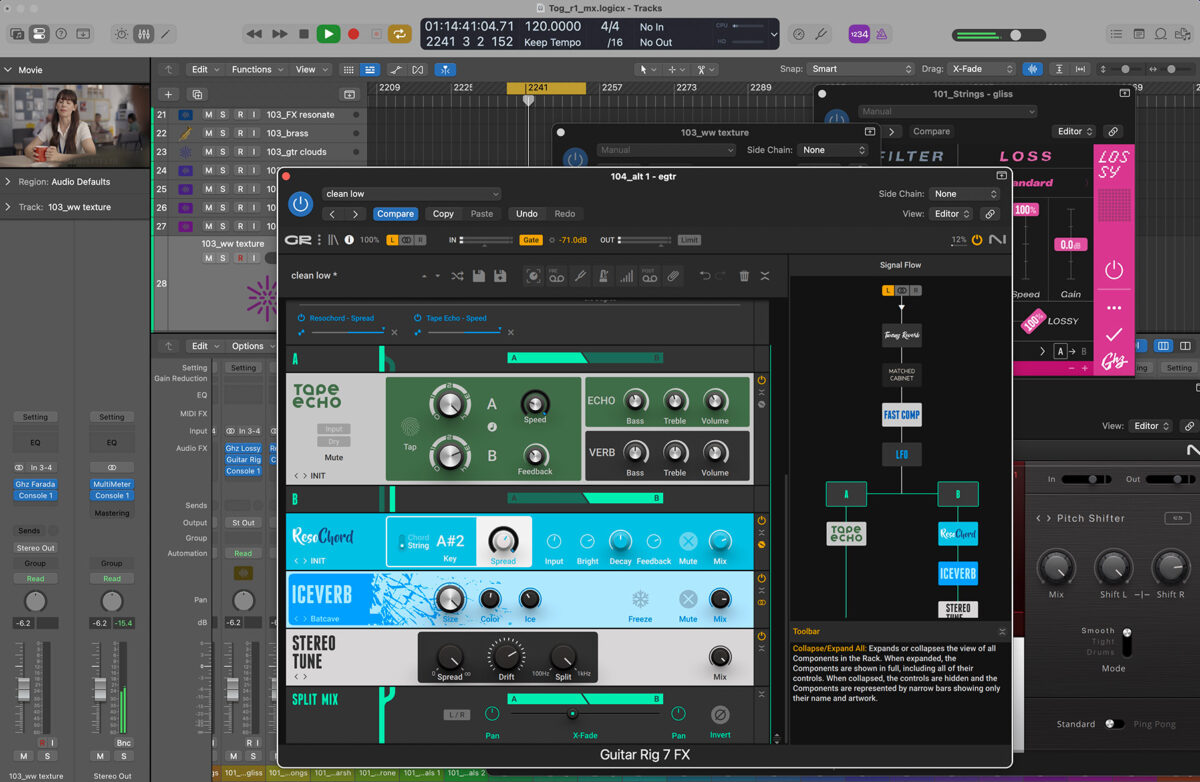
Yes, 100%! Tools like Guitar Rig have completely expanded what it means to be a composer today. Suddenly, the sonic character of a sound can carry as much narrative weight as pitch, tempo, or melody.
Traditional orchestration has been around for centuries, and finding a unique voice within that framework can be challenging. But modular effects and tools like Guitar Rig allow us to push beyond those boundaries – blurring the line between composition and sound design. They let us tap into the psychoacoustic and emotional fabric of a story in entirely new ways.
For example, say you have a character who’s being psychologically manipulated. Sure, you could write a dissonant, shifting piece with no tonal center using traditional harmony. But when you layer in time-bending delays, glitching granular textures, and spatial disorientation with panning, the sound itself begins to embody their unraveling. The music doesn’t just support the emotion. It becomes the emotion.
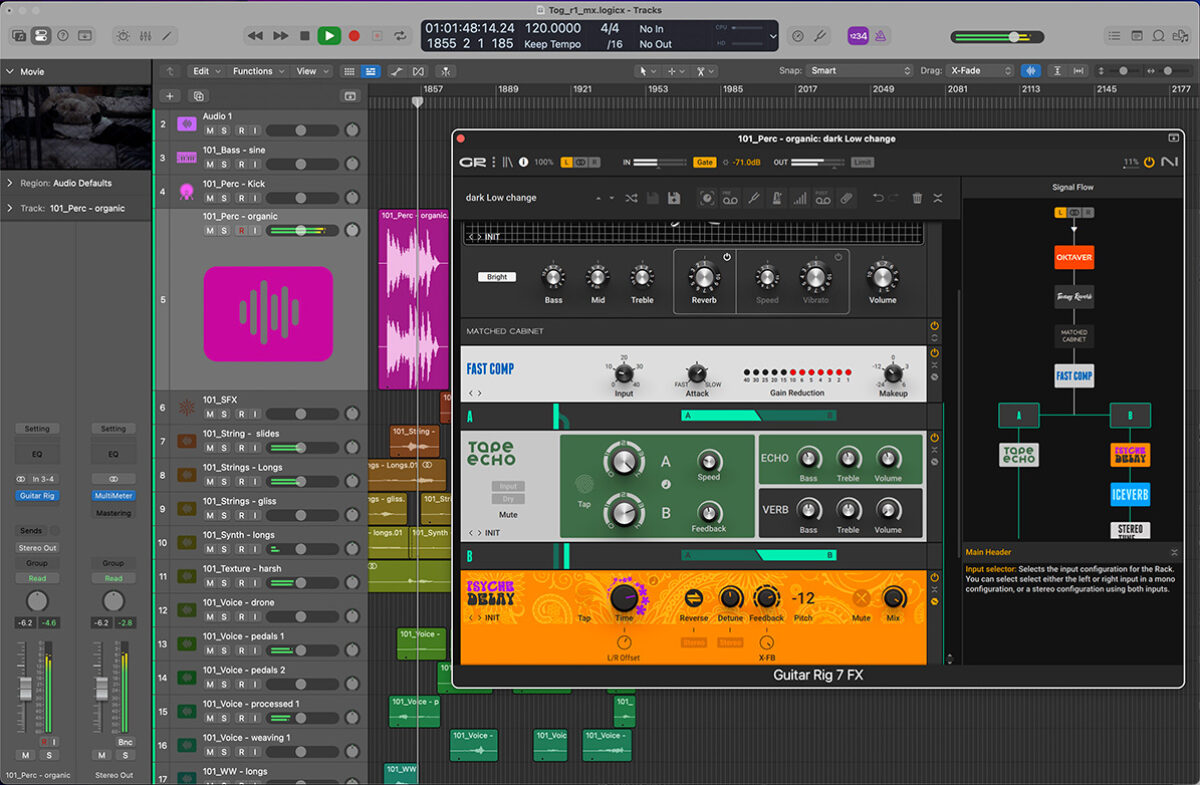
Pro composing tip from Corrnel Wilczek: Perform Your Effects. I always do passes where I perform effects in real time – whether it’s with software or pedals. Treating effects like instruments and reacting live to picture connects your hands, ears, and instincts directly to the film. It’s a powerful way to stay emotionally synced to the moment.
Do you think modern scoring demands a hybrid approach that combines traditional scoring with experimental processing?
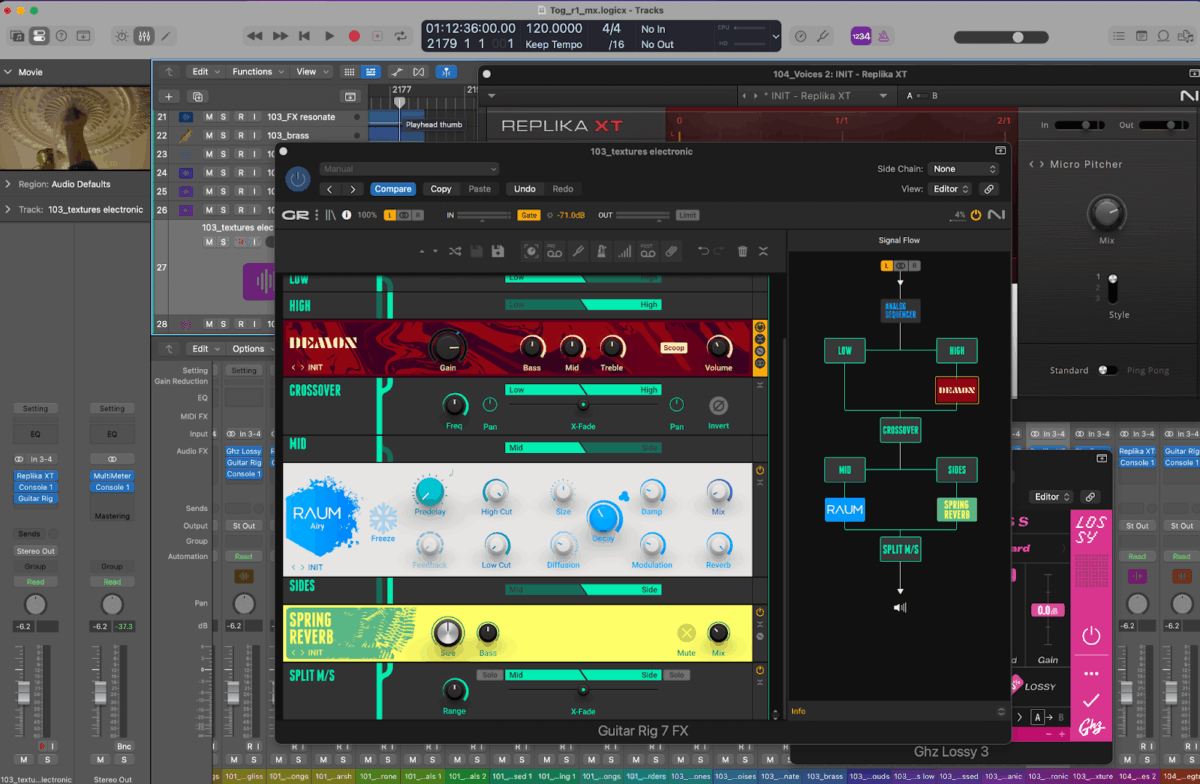
I think there’s room for everything. Some incredible composers still work in purely traditional ways, carefully choosing their palette and writing with such craft that they don’t need processing to explore something deeply. That approach is still totally valid and can be incredibly powerful.
But the hybrid approach? It’s just too much fun to ignore. Experimenting with processing opens up so many creative doors, and honestly, it’s what a lot of people want to hear right now. Audiences are used to wild textures and complex soundscapes thanks to modern pop and electronic music. Screen music absorbs strange and unconventional sounds so easily these days, and if it’s done right, it just works. It doesn’t call attention to itself. It just becomes part of the emotional language.
And frankly, that’s the stuff I love the most.
Pro composing tip from Corrnel Wilczek: Containers for Control Freaks. Containers are super handy when it’s time to perform your effects. Assign just the parameters you need to four streamlined knobs, and you’ve got a tactile, performance-ready macro controller that saves time and inspires intuitive automation.
What advice would you give to other composers looking to move beyond standard instrument libraries and experiment with plugins?
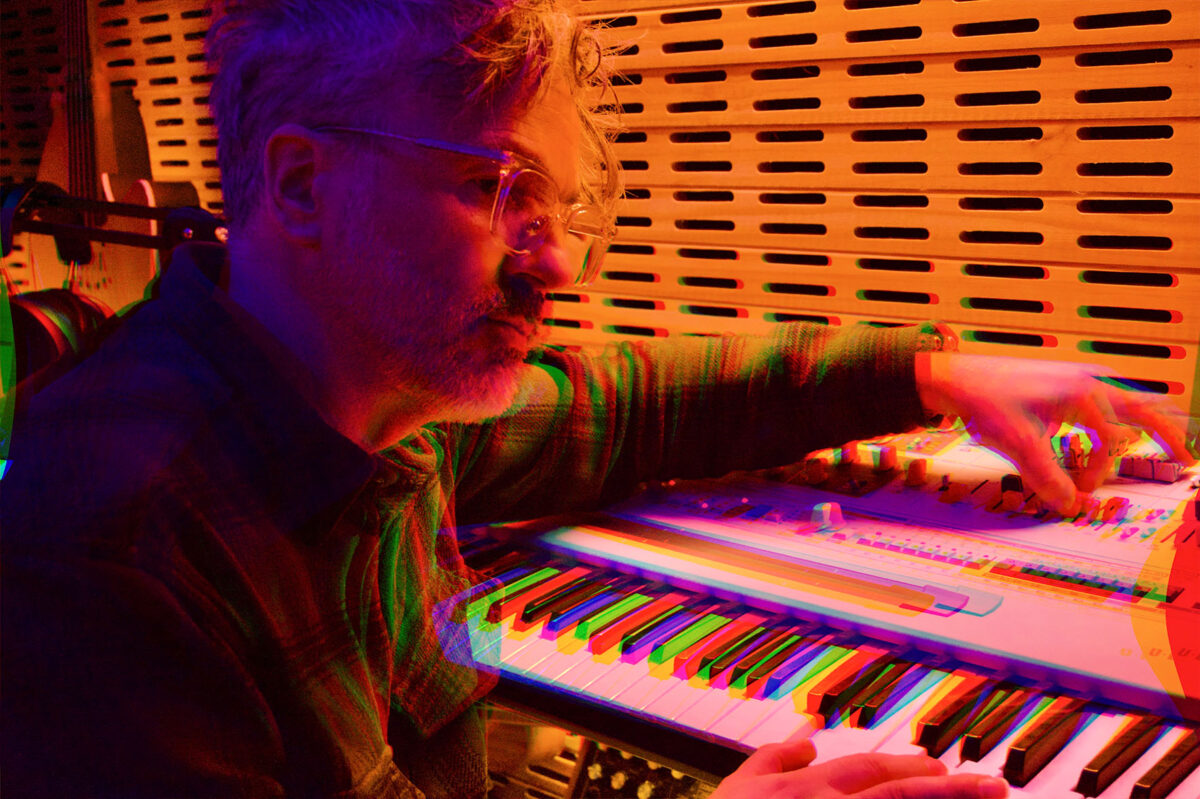
Give yourself time to experiment. Read scripts and really focus on the sensations you’re feeling, then try to recreate those sensations using simple sounds, pushing them through processing to see how far you can take them.
That said, be careful not to overdo it. It’s so much fun that you might not realise you’ve created a beautiful mess! I usually focus on one lead sound or instrument and explore from there. If all the options feel overwhelming, just start with one effect. Delays are a great entry point. Add an LFO and suddenly you’re into chorus, flanging, even tape-style warping.
Also, try applying effects to instruments you wouldn’t usually associate with sound design. For example, the cello is a staple of traditional scoring – but process it into something woozy and otherworldly, like it’s hiding behind a psychedelic curtain, and it might unlock something totally new for your score.
Pro composing tip from Corrnel Wilczek: Split for Signature Sound. The Split module can turn a simple effect into something truly unique. Try processing mid vs. side or left vs. right channels differently. This asymmetry can introduce subtle (or extreme) complexity that might become the defining sound of your score.
How has working on films like Together shaped your view of how far you can push unconventional processing in a score?
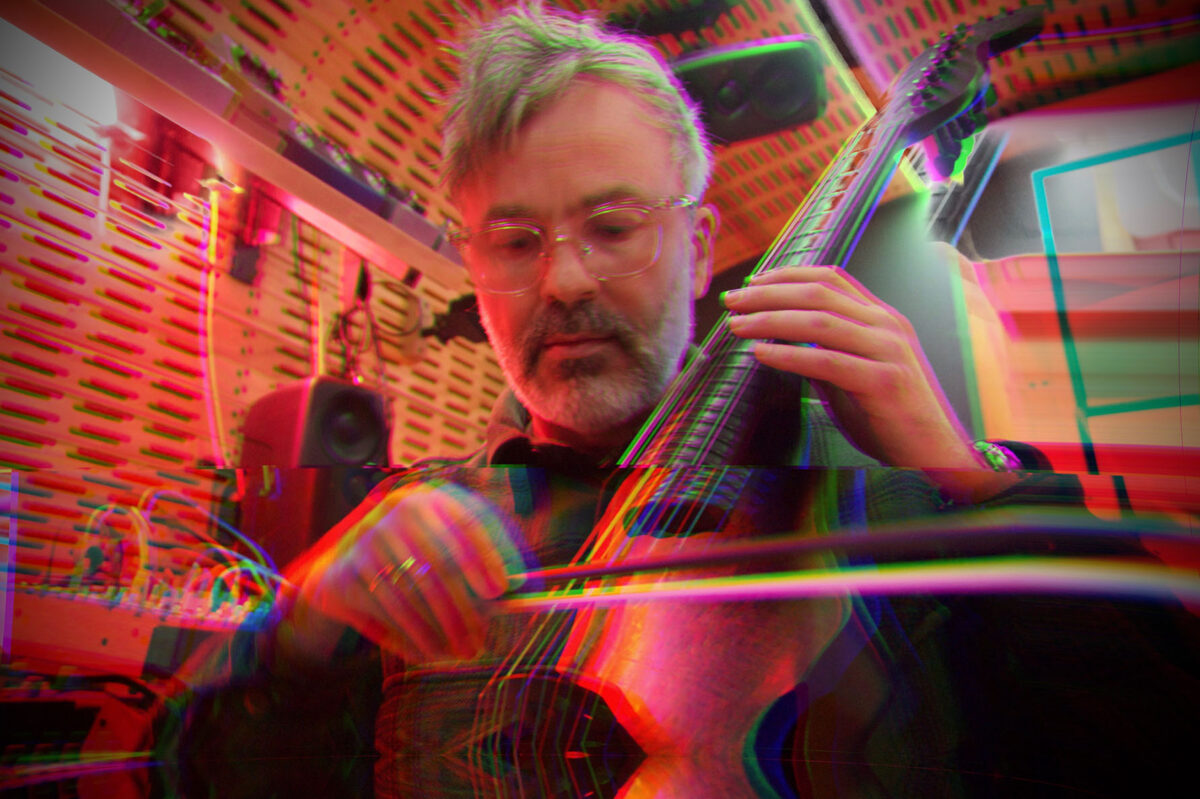
Together really pushed me to take a lot of the experimental ideas I’d been toying with and run with them. Early on, I landed on the concept of sympathetic resonance as a thematic thread. It felt like a beautiful metaphor for the film’s emotional landscape. In physics, sympathetic resonance is when a passive object vibrates in response to external frequencies that match its own harmonic identity. That idea – of one thing responding to another without direct contact – was conceptually perfect for the story.
To explore it sonically, I built a metal box filled with springs and mounted a contact mic inside. I blasted music into it through a speaker, and the resulting resonances were wild and unpredictable – this metallic, ghostly bloom that became the atmospheric backbone of the score. Then by shifting the pitch of the input material, I could create moments of tension and release, almost like the music and the springs were in a push-pull conversation.
I even tried to replicate some of that behavior in Guitar Rig. It wasn’t the same, of course, but playing with the ResoChord component gave me similarly satisfying harmonic movement. It was a great way to blur the lines between acoustic oddity and digital control.
Pro composing tip from Corrnel Wilczek: Modifiers Rule. Effects are great, but effects that move are even better. Guitar Rig’s Modifiers are a secret weapon for evolving a sound in dynamic, unexpected ways. Try assigning the same modifier to very different parameters across your chain. You’ll often end up with textures that feel unified, organic, and just weird enough to be interesting.
Wrapping it all up
Cornel Wilczek’s approach to Guitar Rig is a reminder that the tools in front of you are only as powerful as the curiosity you bring to them. By blending deep technical knowledge with a willingness to experiment, he’s found a way to turn effects into a storytelling instrument of their own.
Thank you to Cornel for sharing his insights and for showing how a modern score can be as much about sound as it is about notes.
